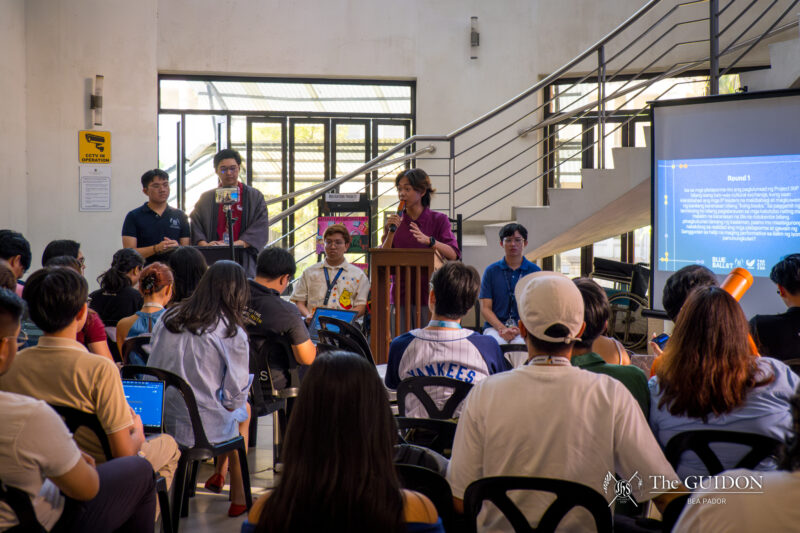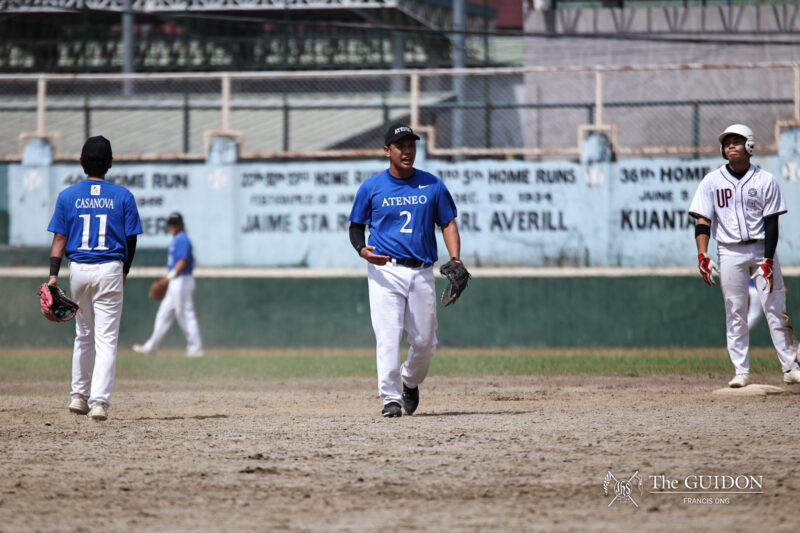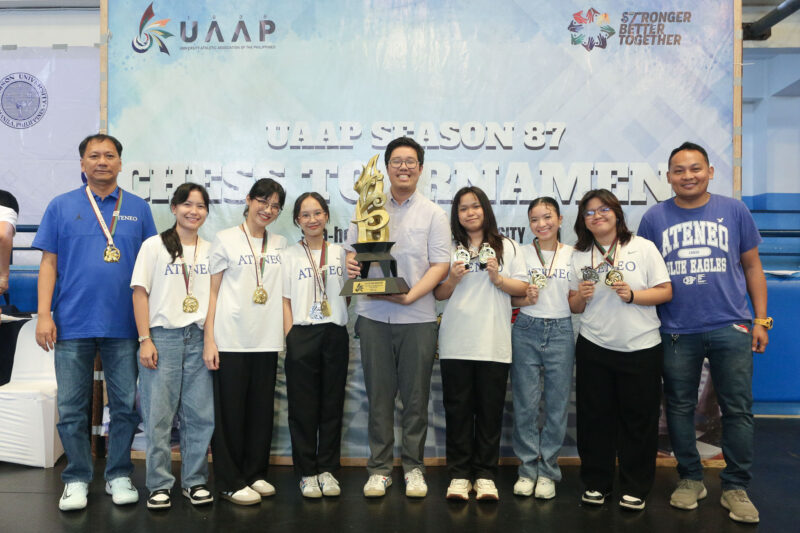ONE OF the first episodes of Bluey that I watched was “Camping.”
Bluey, the young Blue Heeler and protagonist of the show, meets a French-Canadian Labrador called Jean Luc. The surprising twist to this friendship was the clear communication barrier between the two young pups: Bluey only spoke English and Jean Luc only spoke French. The best part of it all was that neither of them seemed to care about the language difference, communicating in their own ways while playing their games.
In their make-believe game of being newly arrived settlers in a forest, the two were able to make their own campsite out of sticks and leaves—even decorating their humble home with pink flowers. In their pursuit of food, Bluey and Jean Luc planted a seed by the stream and, as they waited for it to grow, decided to hunt a wild boar—whom Bluey’s dad, Bandit, played—for their dinner.
However, this scene is where the communication barrier between the two took a turn for the worse as both expressed plans that were clearly not the same. In the middle of their hunt, the two kids mistakenly ran into each other, and their prey was able to escape.
So, how did they resolve their little conundrum? With the help of a large rock to draw on and some crude stick figures, Bluey and Jean Luc finally understood each other the slightest bit better and captured their wild boar. The creativity and resourcefulness of their solution should be applauded, but that’s not what truly captured my attention as I watched the show. After the young pups bested the wild boar, the forest grew a little bit darker and a little bit warmer with the sun beginning to set, just as it did at the end of each day of playing together. Then, the music grew somber and a sad Jean Luc hugged Bluey farewell. It was no surprise to me that the next morning Jean Luc and his family were gone, but it was a sad turn of events for Bluey.
Though the lesson in the episode is clearly the importance of communication and creativity in problem solving, Bluey sneaks in another valuable lesson about the people who come and go in our lives. Underneath a clear starry night, Bluey’s mom tells the protagonist, “Sometimes, special people come into our lives for a bit, and then they have to go.”
“But that’s sad,” Bluey replies, so Chili reassures her that it is sad, but perhaps the good times spent together makes all the pain worth it. For the six-year-old Bluey, the idea of a passing friend is a new one but so gently and well explained that her heart, though still sad, seemed to take it pretty well.
Children’s shows carry the big responsibility of being creative and substantial, thus relying on vibrant colors, lively music, and a short storyline to give a life lesson or two. Bluey takes on a similar approach but adds a layer of authenticity that I’ve never seen anywhere else before. Yes, the show is pedagogical in that it teaches some of the simple fundamentals of what it means to navigate the world and relate to the other. But, it also gives the extra care of actually portraying who kids actually are and what they could be feeling. Thus, Bluey and her younger sister Bingo are imperfect, messy, bright, and cheerful children—just like any other child you would encounter.
Through the vibrancy of storytelling made for children, another story is also being told to the older audiences who find themselves watching the Australian pup’s adventures. There is a gentleness and sense of security in the everyday situations of the young Blue Heeler that maybe a lot of people are looking for. Thus, with the end of each episode, there is a comforting and warm feeling in your heart when you happen to watch the show, even if you’re an older kid or an adult.
As for the ending of “Camping,” in true Bluey tear-jerking fashion, we see a grown-up Bluey beneath a pink blossoming tree by a stream, and, across from her, is the older French-Canadian Labrador, Jean Luc.




